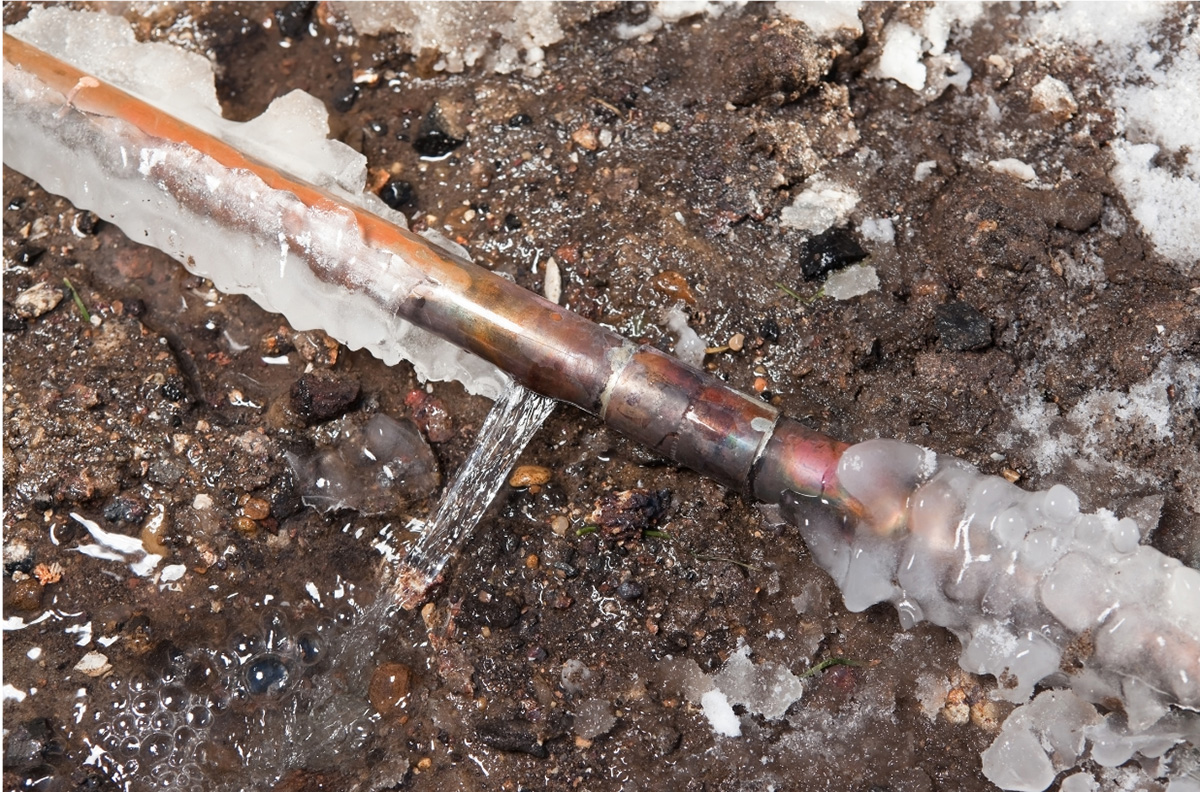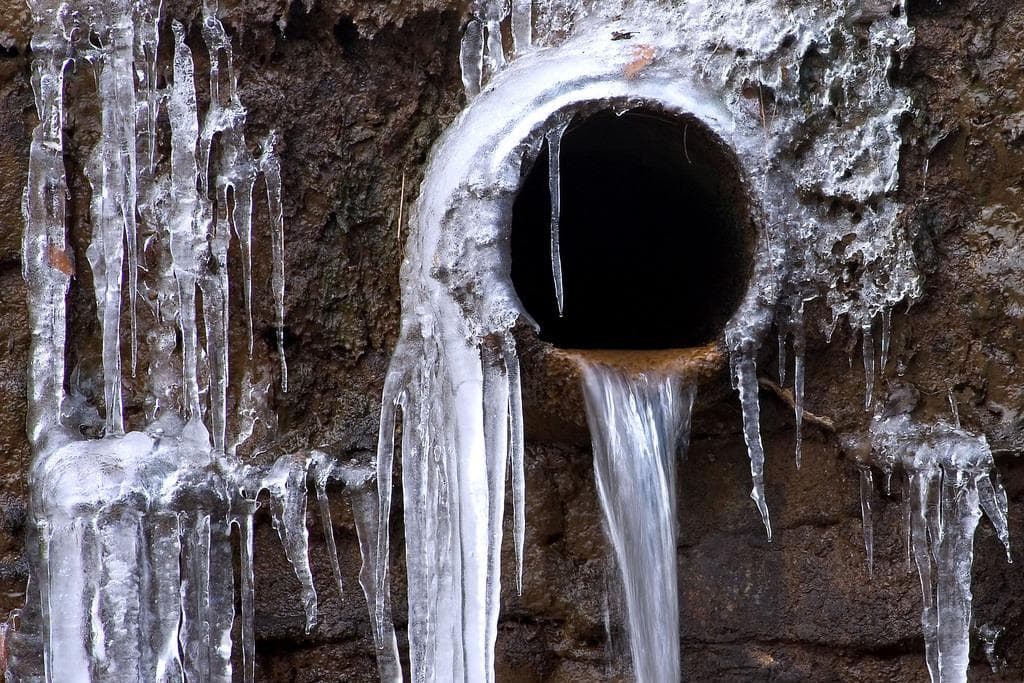Essential Tips to Protect Against Frozen Plumbing in Winter
Essential Tips to Protect Against Frozen Plumbing in Winter
Blog Article
We've come across this article involving Prevent Frozen Pipes directly below on the net and figured it made good sense to write about it with you over here.

Winter can ruin your plumbing, particularly by freezing pipelines. Right here's how to stop it from occurring and what to do if it does.
Intro
As temperature levels drop, the threat of frozen pipelines increases, possibly resulting in expensive repair work and water damages. Understanding exactly how to avoid icy pipes is essential for home owners in chilly environments.
Prevention Tips
Insulating at risk pipes
Cover pipes in insulation sleeves or utilize heat tape to shield them from freezing temperatures. Focus on pipelines in unheated or exterior areas of the home.
Home heating techniques
Keep interior areas effectively heated, specifically locations with plumbing. Open cupboard doors to permit cozy air to flow around pipelines under sinks.
Just how to recognize frozen pipes
Look for decreased water flow from faucets, uncommon smells or sounds from pipelines, and visible frost on subjected pipes.
Long-Term Solutions
Architectural changes
Consider rerouting pipelines far from exterior walls or unheated locations. Add extra insulation to attic rooms, cellars, and crawl spaces.
Upgrading insulation
Invest in high-quality insulation for pipelines, attics, and wall surfaces. Appropriate insulation aids maintain constant temperature levels and minimizes the danger of icy pipes.
Protecting Exterior Plumbing
Yard pipes and exterior taps
Disconnect and drain pipes garden tubes before wintertime. Install frost-proof faucets or cover outdoor taps with insulated caps.
Comprehending Icy Pipes
What creates pipes to freeze?
Pipelines ice up when exposed to temperature levels listed below 32 ° F (0 ° C) for prolonged periods. As water inside the pipelines freezes, it expands, taxing the pipe walls and potentially causing them to break.
Threats and problems
Frozen pipes can result in water system disruptions, residential or commercial property damages, and expensive repair work. Ruptured pipelines can flood homes and create extensive structural damages.
Indicators of Frozen Pipeline
Determining icy pipelines early can stop them from bursting.
What to Do If Your Pipes Freeze
Immediate actions to take
If you suspect frozen pipes, keep faucets open to soothe pressure as the ice melts. Utilize a hairdryer or towels taken in hot water to thaw pipes gradually.
Verdict
Stopping icy pipelines needs positive measures and fast responses. By understanding the reasons, signs, and preventive measures, house owners can protect their plumbing throughout winter.
5 Ways to Prevent Frozen Pipes
Drain Outdoor Faucets and Disconnect Hoses
First, close the shut-off valve that controls the flow of water in the pipe to your outdoor faucet. Then, head outside to disconnect and drain your hose and open the outdoor faucet to allow the water to completely drain out of the line. Turn off the faucet when done. Finally, head back to the shut-off valve and drain the remaining water inside the pipe into a bucket or container. Additionally, if you have a home irrigation system, you should consider hiring an expert to clear the system of water each year.
Insulate Pipes
One of the best and most cost-effective methods for preventing frozen water pipes is to wrap your pipes with insulation. This is especially important for areas in your home that aren’t exposed to heat, such as an attic. We suggest using foam sleeves, which can typically be found at your local hardware store.
Keep Heat Running at 65
Your pipes are located inside your walls, and the temperature there is much colder than the rest of the house. To prevent your pipes from freezing, The Insurance Information Institute suggests that you keep your home heated to at least 65 degrees, even when traveling. You may want to invest in smart devices that can keep an eye on the temperature in your home while you’re away.
Leave Water Dripping
Moving water — even a small trickle — can prevent ice from forming inside your pipes. When freezing temps are imminent, start a drip of water from all faucets that serve exposed pipes. Leaving a few faucets running will also help relieve pressure inside the pipes and help prevent a rupture if the water inside freezes.
Open Cupboard Doors
Warm your kitchen and bathroom pipes by opening cupboards and vanities. You should also leave your interior doors ajar to help warm air circulate evenly throughout your home.

As a devoted reader on Prevent Frozen Pipes , I assumed sharing that excerpt was really helpful. If you enjoyed reading our blog entry if you please make sure you remember to pass it around. We value reading our article about Prevent Frozen Pipes .
Call Today Report this page